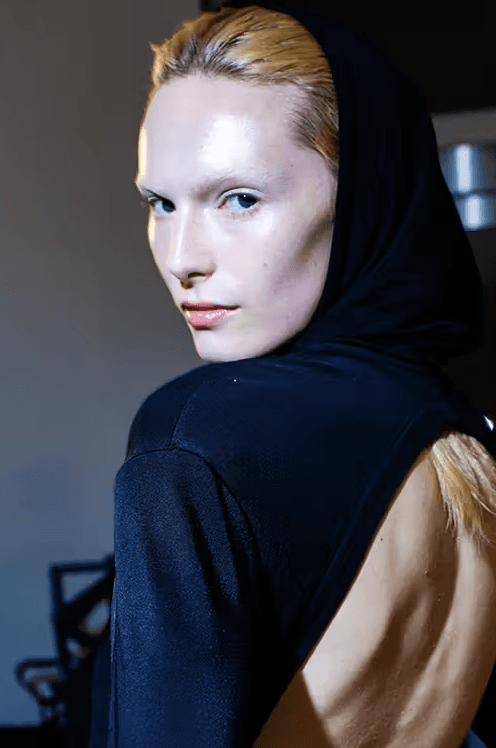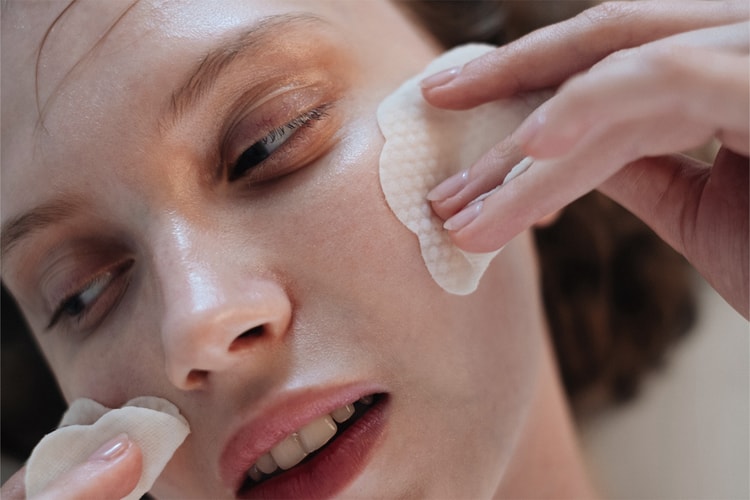
Why You Should Add Expert-Approved Skin Cocooning to Your Routine
Here’s the low down on the skincare method that allows you to transform your dull winter skin into a beautiful butterfly.
Winter can leave your skin feeling dry, no matter how much moisturizer you apply. Enter cocooning — a transformative skincare technique that goes beyond hydration to focus on repairing your barrier and delivering deep nourishment. This restorative approach leaves your skin feeling soft, plump and protected. By using the right ingredients and tailoring your routine to suit your unique conditions, skin cocooning helps maintain a hydrated, resilient and glowing complexion. Whether you’re dealing with dryness or irritation, this method combines effective moisturization with essential barrier repair.
Experts like Eric Nietzel, RN and Pooja Rambhia, MD, are here to share the powerful benefits of this trending technique.
How to Transition Into a Cocooning Routine
So, how should we start skin cocooning? “A good rule of thumb is thinnest to thickest, with your actives at the base and always starting with a good cleanse,” advises Nietzel. Avoid any fragrances or oils as primers and occlusives (shea butter, squalane or rich moisturizers) at the end of your routine.
For those new to skin cocooning, both experts recommend starting slow. “Begin with simple, hydrating products like a toner and a nourishing moisturizer,” says Nietzel. “Introduce the cocooning routine slowly, starting once a week and monitor how your skin responds.” You can start by adding hydrating ingredients like hyaluronic acid and ceramides to your routine. If you react well, gradually layer richer moisturizers or oils.
It’s really important to select the right ingredients to maximize the benefits of skin cocooning. “Hyaluronic acid, ceramides, aloe vera, shea butter and rich oils are all effective,” Nietzel shares. He recommends squalane for a non-greasy occlusive layer, centella for less irritation and resveratrol for its anti-aging benefits. Rambhia emphasizes the need for ingredients that hydrate and strengthen the barrier, like hyaluronic acid, ceramides and squalane.
When it comes to frequency, Nietzel suggests that skin cocooning should be made with adjustments, depending on the season. “In colder months, you may want to cocoon more often due to the dry winter weather. In warmer months, I would decrease the frequency depending on how your skin is feeling,” he explains. “If your skin is dry or irritated, you can cocoon every night until it is no longer dry. For maintenance, two to three times a week is usually enough,” states Rambhia.
How Skin Cocooning Differs from Other Methods
Skin cocooning stands out from other moisturizing techniques because of its multi-step approach. “It’s a more balanced and intense technique compared to slugging, where multiple layers are applied before an occlusive layer,” Nietzel explains. “With skin cocooning, you can be more creative and cater the ingredients to your specific needs.” Rambhia agrees, noting that while regular moisturizing restores hydration, skin cocooning also strengthens the barrier, allowing moisture to be retained more effectively.
In the winter, you want to add thicker moisturizers and creams to protect your skin from dry, cold air. Cold weather, indoor heating and low humidity make cocooning especially useful in fall and winter. In the summer, you can swap to lighter, gel-based moisturizers because it’s best to avoid heavy occlusives, as they can clog pores.
What to Remember Before Skin Cocooning
For those with sensitive skin or conditions like eczema or rosacea, both Nietzel and Rambhia recommend adjusting to a cocooning routine with care. Nietzel advises avoiding fragrances and sulfates, instead opting for thicker emollient moisturizers if you suffer from eczema. “For rosacea-prone skin, try using lighter occlusives like squalane or shea butter,” he adds. Rambhia advises starting with fragrance-free, hypoallergenic products, focusing on soothing ingredients like ceramides and colloidal oatmeal.
Nietzel suggests being mindful of the timing and application order for those already using actives like retinol or acids. “If you’re using actives, be sure to use less occlusive ingredients over the top, such as squalane or ceramide-rich creams,” advises Nietzel. Rambhia suggests using cocooning techniques on nights when you skip strong actives or applying a ceramide-rich cream over retinol to prevent dryness.
While cocooning can do wonders for the skin, there are some risks to be aware of, especially if you’re using heavier products or overloading with ingredients. “Because of the occlusive ingredients, bacteria and other irritants can be trapped, causing irritation and breakouts,” Nietzel cautions. “If you use active ingredients like retinol or AHAs, your barrier could become sensitive. He reminds those wanting to cocoon to use these sparingly and monitor how their skin reacts. Sometimes, cocooning can lead to clogged pores, particularly for those who are oily or acne-prone. Use a non-comedogenic moisturizer if you start to notice this.
While you’re here, check out our explainer on solid perfume.

























